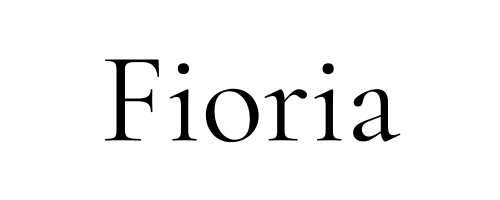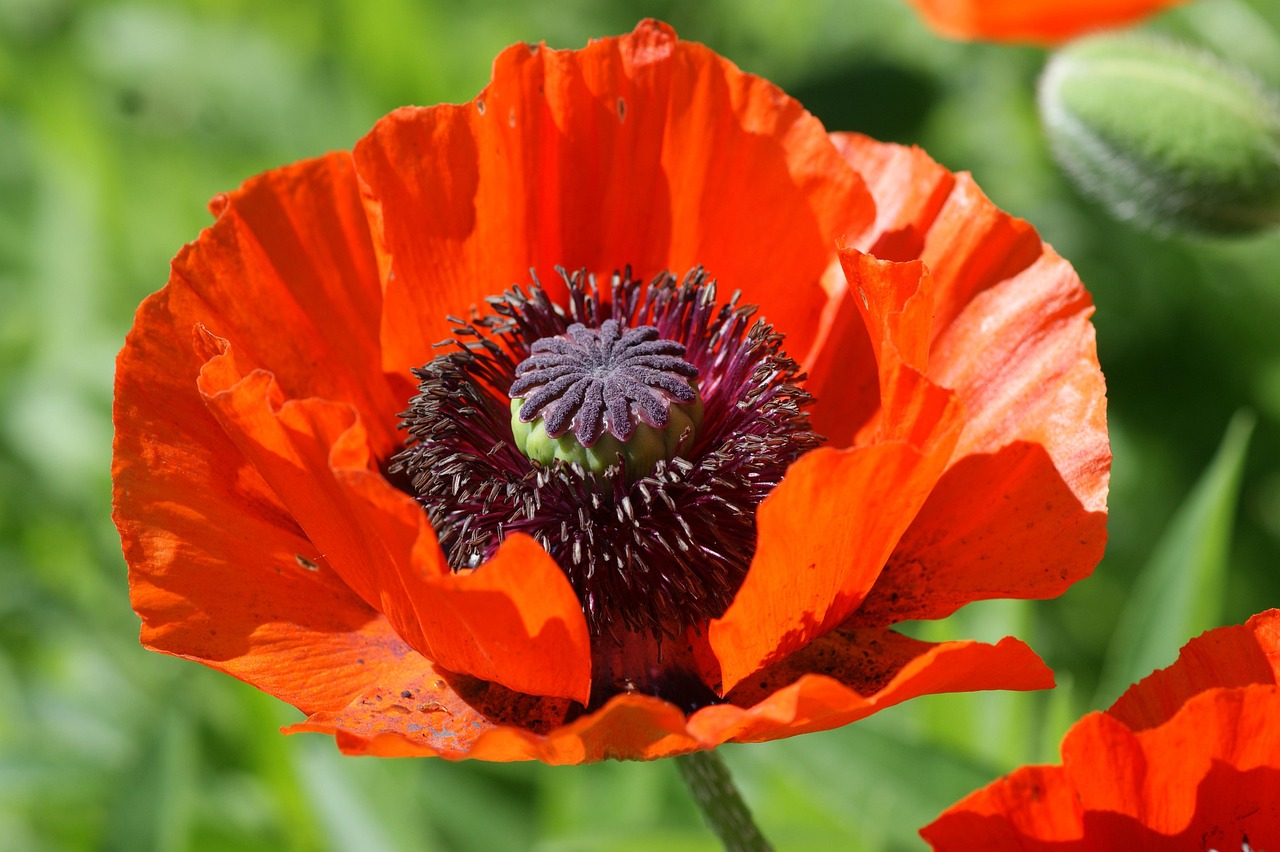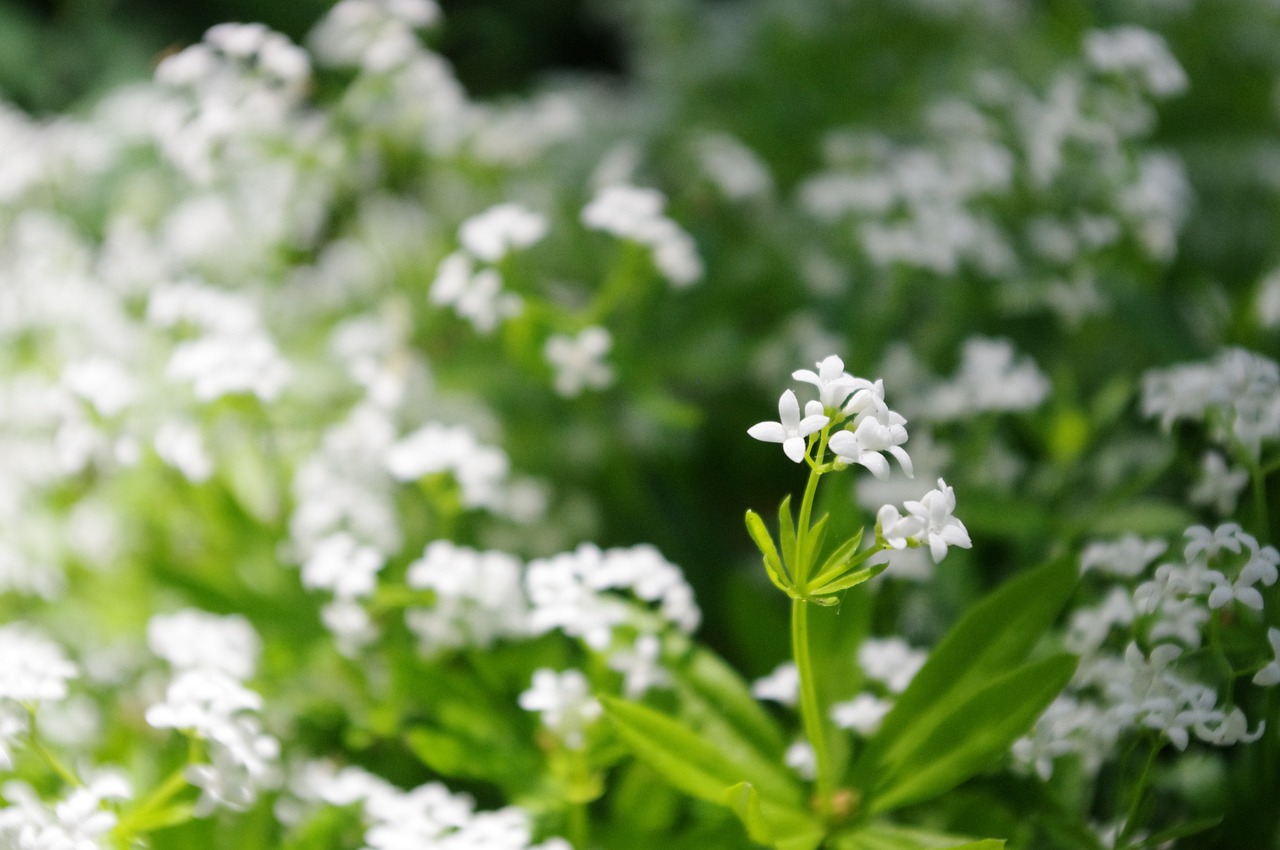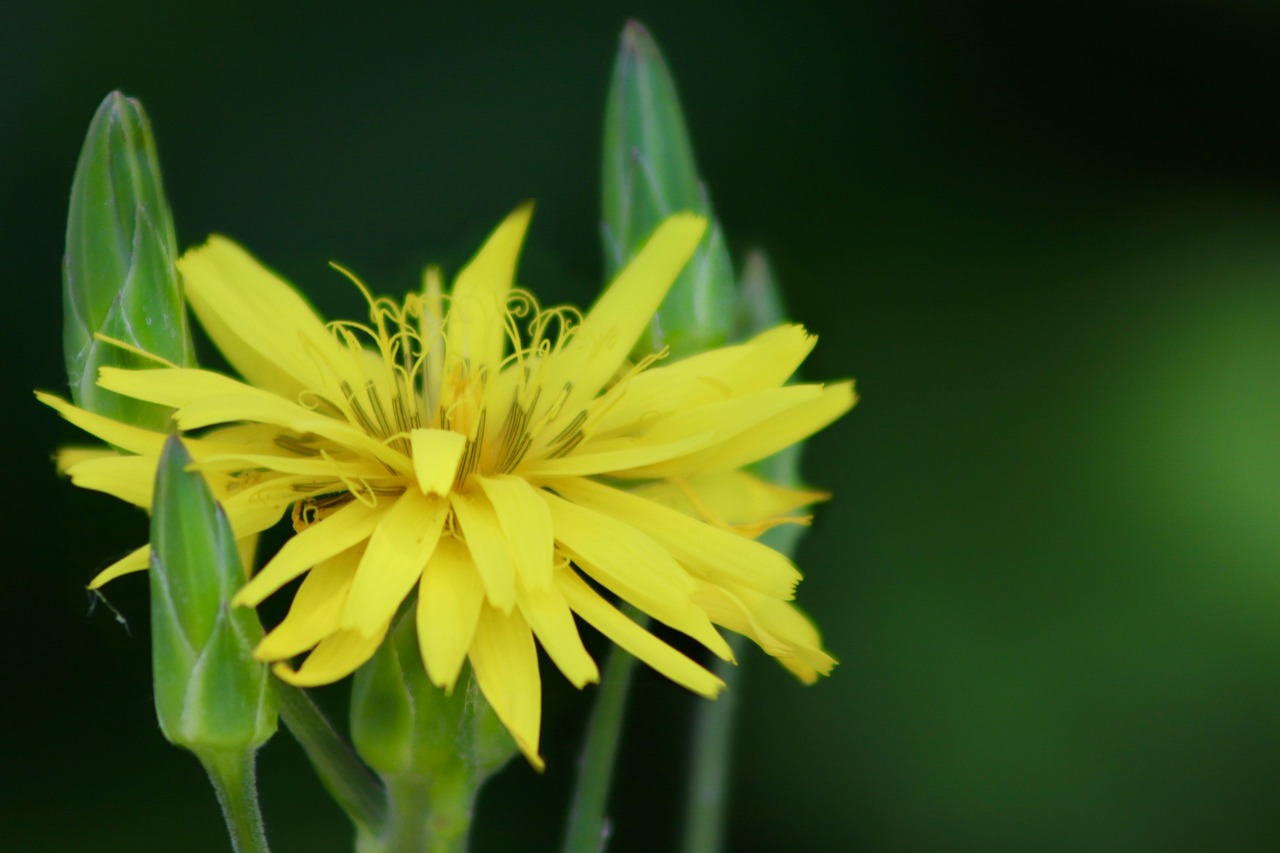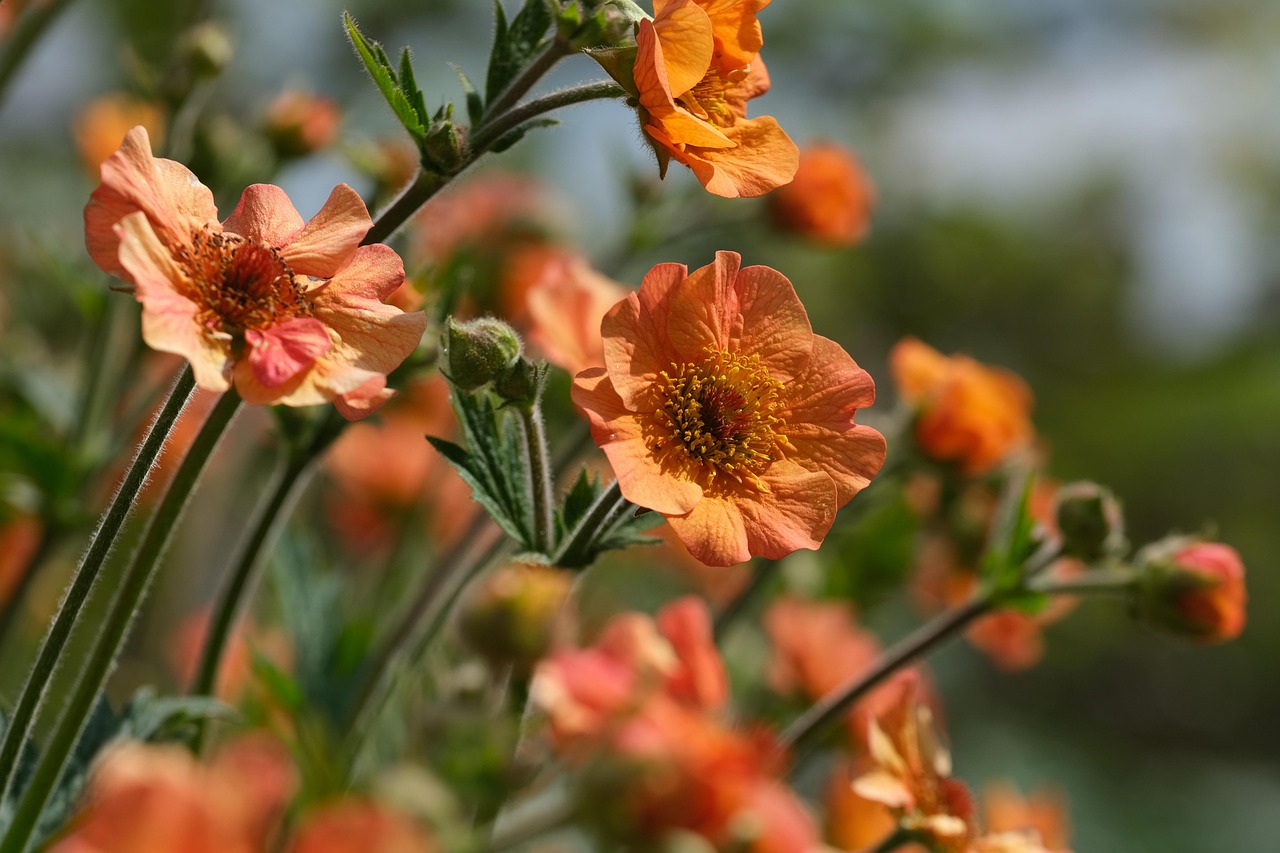Ivy Geranium | Features and Care
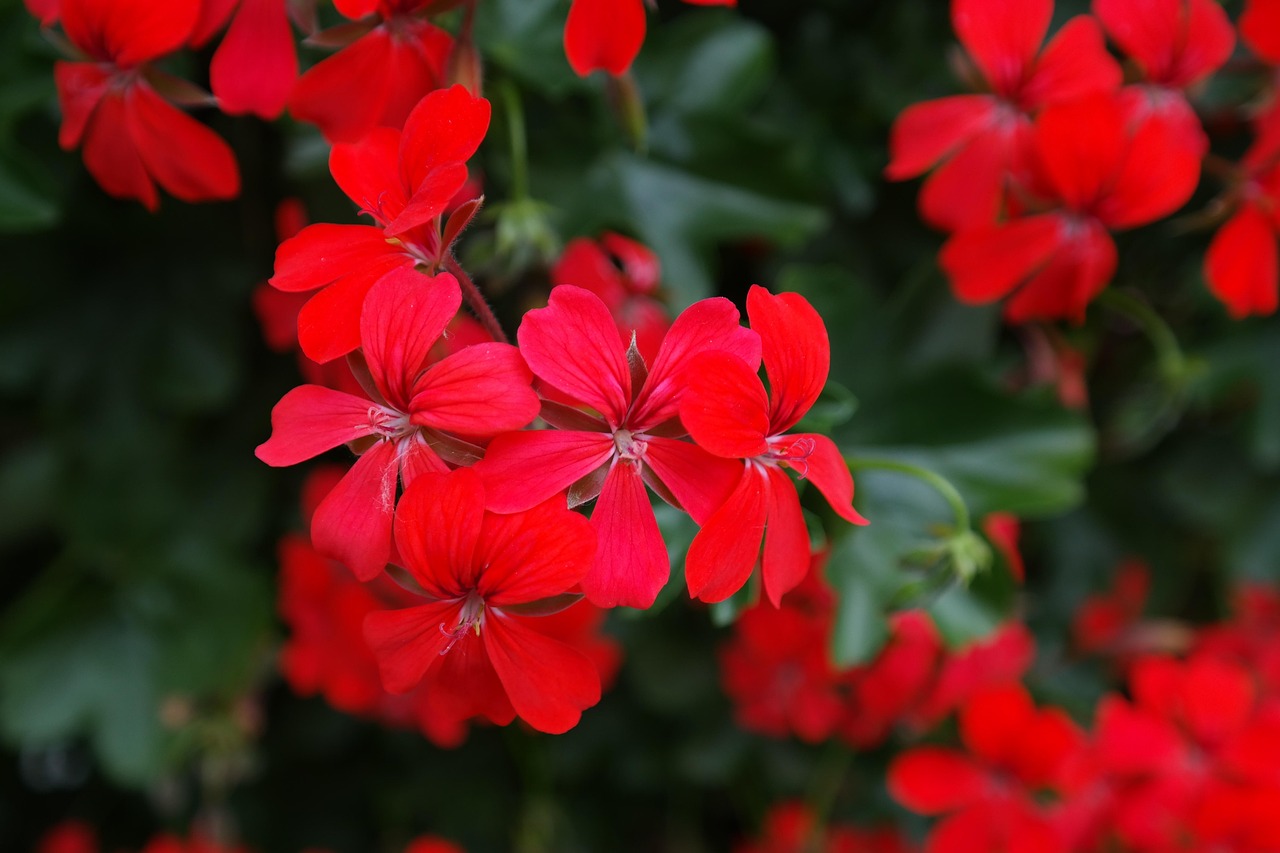
The Ivy Geranium is a perennial plant characterized by its glossy leaves and abundant clusters of flowers. With its trailing growth habit, it is widely loved around the world, especially for decorating balconies and window sills.
This article details the basic information, cultural background, historical development, and care tips for the Ivy Geranium.
Basic Information
- Scientific Name: Pelargonium peltatum
- Family: Geraniaceae
- Origin: Cape region of South Africa
- Appearance: The shiny green leaves resemble those of ivy (Hedera) and the soft stems extend and trail downwards. The flowers bloom in clusters and come in a variety of colors including white, pink, red, and purple. Some cultivars have double flowers or variegated petals.
- Blooming Season: Flowers can be enjoyed from spring through autumn, and in warmer regions, blooming may continue into winter.
Cultural Significance Around the World
After gaining popularity during the gardening boom of 19th-century Europe, the Ivy Geranium became a staple in cities like London and Paris. It was widely used to decorate stone buildings and balconies, offering urban dwellers a way to enjoy nature within city spaces.
In Switzerland and Germany, the flower boxes on traditional timber-framed houses are often filled with Ivy Geraniums, forming an iconic part of the streetscape. In some areas, municipalities actively recommend planting them to preserve the beauty of the local environment.
Moreover, Ivy Geraniums have also gained popularity in the United States and Australia, where they are commonly used to decorate balconies, residential gardens, and public spaces.
Historical Background
The Ivy Geranium was introduced to Europe at the end of the 17th century via ships of the Dutch East India Company from South Africa. Initially, it was treated as a rare greenhouse plant, cherished by royalty and the wealthy.
Throughout the 18th and 19th centuries, plant breeders across Europe refined the species, producing a wide range of cultivars with various flower colors and improved cold and disease resistance.
During the Victorian era, as balcony gardening culture flourished, Ivy Geraniums became immensely popular as an ideal plant for city dwellers wishing to enjoy greenery in limited spaces. During this period, Geraniums were associated with meanings like “modesty” and “sincerity,” making them popular gifts in social circles.
Today, they continue to play an important role in decorating cityscapes around the world, a legacy of their rich history.
Gardening Advice
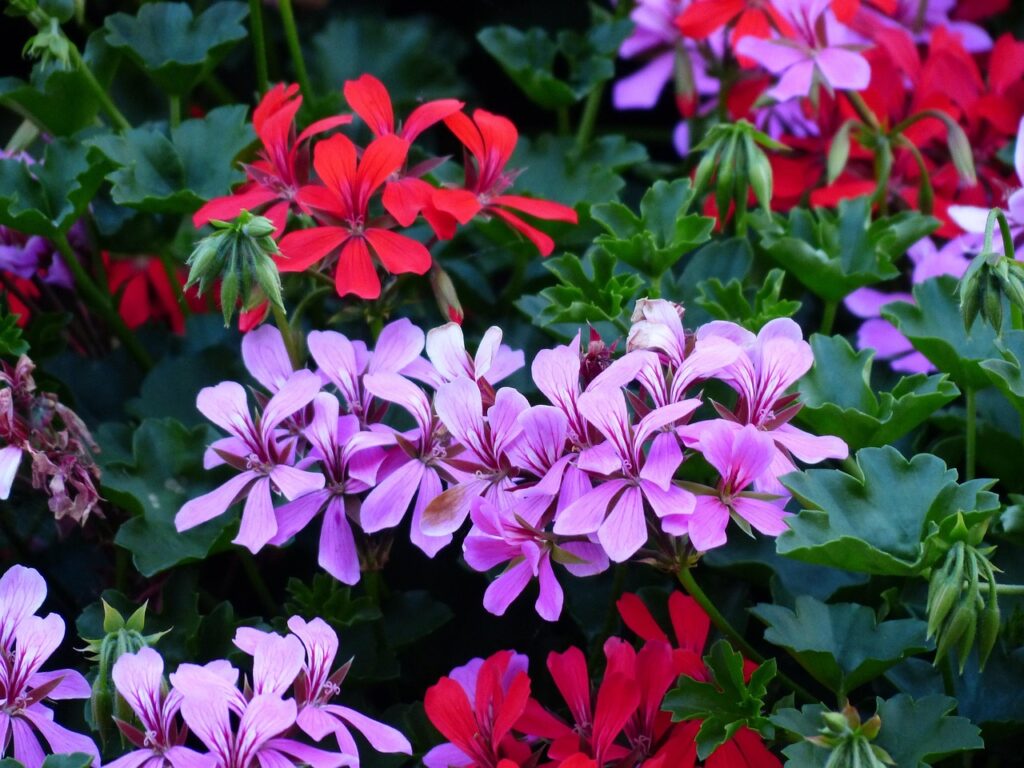
Following a few basic points will allow you to enjoy the Ivy Geranium’s beauty over a long period. Here are the key care tips:
Sunlight
Prefers locations with direct sunlight. Ensure at least 4–5 hours of sunlight daily. Indoors, place near a bright window.
Watering
Water thoroughly once the soil surface has dried. Avoid keeping the soil constantly wet and maintain good drainage to prevent root rot.
Soil
Use well-draining soil. Mixing general-purpose potting soil with perlite or pumice is effective for better drainage.
Fertilizer
During the growing season, apply liquid fertilizer approximately every two weeks. Choose a fertilizer with low nitrogen content to encourage flowering.
Pruning
As stems tend to grow long, prune regularly to maintain a compact shape. Remove spent flowers promptly to promote continuous blooming.
Overwintering
Since Ivy Geraniums are sensitive to frost, move potted plants indoors when temperatures fall below 5°C. Place them by a bright window for best results.
Conclusion
The Ivy Geranium is a perennial plant native to South Africa, which spread to Europe and gained immense popularity for decorating balconies and windowsills. Since its introduction at the end of the 17th century, and through the Victorian era, it has firmly established itself across the world.
With its glossy foliage and colorful flower clusters, it enhances architectural beauty and street scenery in many regions today. By following basic care practices, you can fully enjoy its charming appearance across the seasons.
